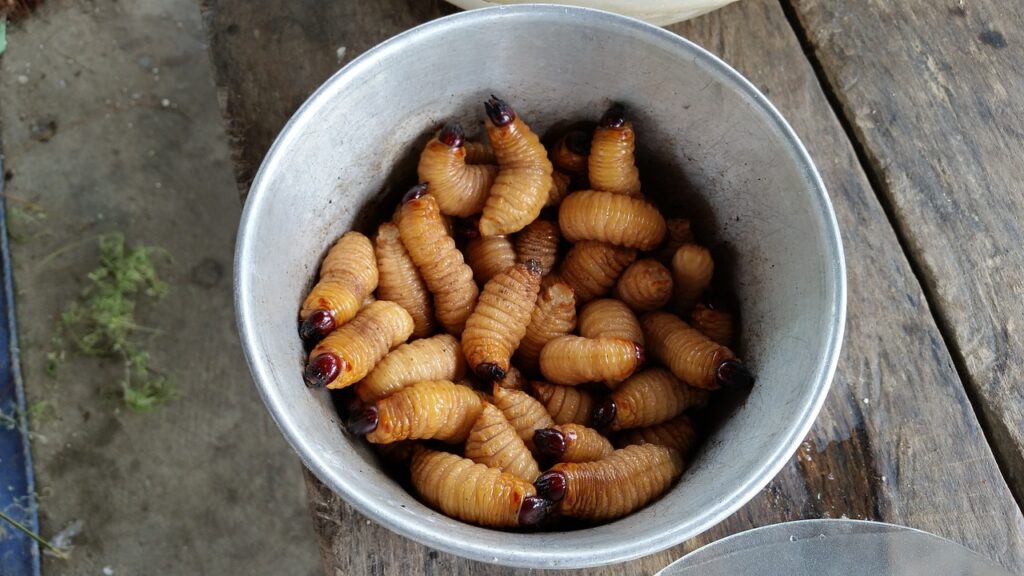Introduction
Maggots, the larval stage of flies, can be an unsightly and unpleasant presence in various environments, including trash cans, dumpsters, and decaying organic matter. These wriggling creatures feed on decomposing organic material, making them nature’s recyclers but also posing a potential health risk when found in inappropriate settings. While there are several methods to address a maggot infestation, one common household item that has proven effective is ammonia. In this article, we will explore how ammonia can be utilized to kill maggots safely and efficiently.
Understanding Ammonia
Ammonia, represented chemically as NH3, is a colorless gas with a pungent odor. In its liquid form, it is widely available as a cleaning agent and can be found in most households as an ingredient in various cleaning products. The ammonia solution typically contains water and ammonium hydroxide, which gives it its cleaning properties.
Safety Considerations
Before delving into using ammonia as a solution to eliminate maggots, it is essential to highlight some safety considerations:
1. Protective Gear: When handling ammonia, it is crucial to wear protective gear such as gloves, eye protection, and possibly a mask to prevent inhalation of fumes.
2. Ventilation: Always use ammonia in a well-ventilated area to avoid the buildup of fumes, which can be harmful when inhaled in large quantities.
3. Compatibility: Avoid mixing ammonia with other cleaning agents or chemicals, particularly chlorine bleach. The combination can produce toxic fumes.
Killing Maggots with Ammonia
When faced with a maggot infestation, especially in trash cans or outdoor areas, follow these steps to effectively use ammonia to eliminate the larvae:
1. Identify the Source: Locate the area or container where the maggots are breeding or feeding. This is often found in decomposing organic matter, such as food waste or animal carcasses.
2. Prepare the Ammonia Solution: Dilute the ammonia in water, following the instructions on the product’s label. The typical ratio is one part ammonia to three parts water.
3. Apply the Solution: Carefully pour the ammonia solution directly onto the maggots and the surrounding affected area. The ammonia’s strong odor and chemical properties will help to suffocate and kill the maggots.
4. Wait and Dispose: Allow the ammonia to work for several minutes, ensuring the maggots are entirely dead. Once the maggots are neutralized, safely remove and dispose of them in a sealed plastic bag.
5. Clean the Area: After removing the maggots, clean the area thoroughly with the ammonia solution to eliminate any remaining eggs or residue that could attract new maggots.
Preventing Future Infestations
Using ammonia to eliminate maggots is a short-term solution. To prevent future infestations, consider implementing the following preventive measures:
1. Proper Waste Management: Ensure that trash cans and dumpsters are securely covered, and regular garbage collection is conducted to reduce the availability of breeding sites for flies.
2. Regular Cleaning: Regularly clean and disinfect areas where organic matter accumulates, such as garbage bins and compost piles.
3. Seal Cracks and Openings: Seal any cracks or openings in windows, doors, and walls to prevent flies from entering the premises.
4. Use Insect Screens: Installing insect screens on windows and doors can help prevent flies from entering indoor spaces.
If you want to more detail about ammonia kill maggots please visit the dedicated site https://theallandall.com/
Conclusion
While ammonia can be an effective solution to kill maggots, it is essential to handle it with caution and adhere to safety guidelines to protect yourself and others. Regular maintenance, cleanliness, and proper waste management are key to preventing maggot infestations in the future. By incorporating these practices into our daily routines, we can create a hygienic and fly-free environment.
